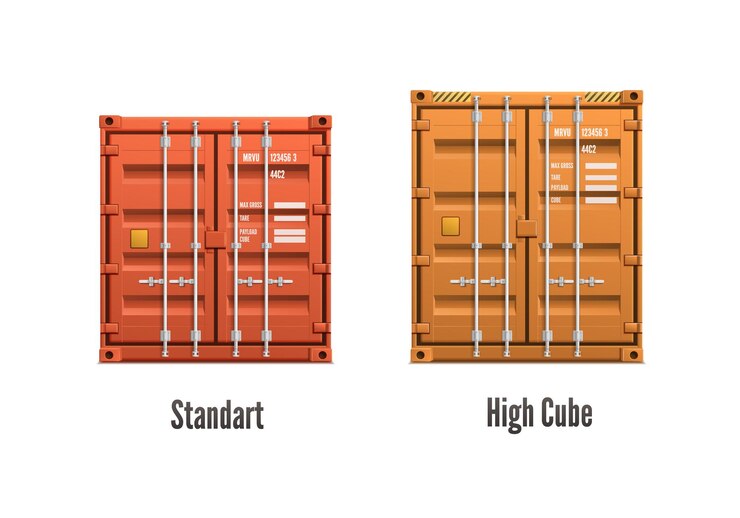Shipping containers are used worldwide for purposes like shipment and drop, storage, and building living spaces. Their strength to hold push and strain is a crucial step to be considered for their workings and performance. Discover how many dimensions of standard shipping containers, and the main size for plans and transport purposes.
A shipping container, also called an intermodal container, is widely used for transporting items and goods worldwide. Manufacturers design and build these containers with specific dimensions to lead international trade. The sizes provide various transport sources such as ships, trucks, and trains. The structure is also responsible for benefiting the mobile and nature of the container.
20-foot container, TEU (twenty-foot container), is the most common and standardized dimension. This facilitates an ease of movement across the world for transportation methods. It is designed to offer durability, efficiency, and compatibility in transportation.

The dimensions adhere to industry standards.
A 20-feet shipping container has
Significance of dimensions
Length
The length of a 20-foot shipping container is approximately 6.1 meters. The size is essential to fix the type of cargo, such as machinery items, palletizing goods, and pilling up customer products.
Width
The 8-feet width is equivalent to approximately 2.44 meters. This standard size allows the side-by-side parallel placement of pallets inside the container space. It is classical storage for organizing and stacking items.
Height
The height of a shipping container is roughly 2.59 meters, which is 8 feet 6 inches. This allows an easy placement of storing taller items and aligning them appropriately.

The importance of dimensions in shipment containers
Considering the standard sizes and ideal measurements of shipment containers is significant for ensuring compatibility in transportation, as these metal boxes are the most commonly used.
Intermodal compatibility
A container must align with the cargo transportation system, and designers intend it for integration into services such as ships, trucks, and trains. This design aims to facilitate delivery, reduce time and costs, and ensure efficient loading and unloading. At the same time, it enhances the handling profit by preventing manual handling.
Optimizing space
The dimensions of standard shipping containers will aid in efficiently using space for stacking, orienting, and arranging items of desired sizes and shapes and providing a safe zone for placing these products.
Optimizing space will result in cost-friendly shipping as the items and container will take the desired space available, which will also manage the time effectively.
20-foot and 40-foot variants of sizes are available in the market and commonly used.
versatility
The popular sizes in the industry favor the transportation of various items, from electronics to textiles and heavy machinery.
Several deliveries without the need for specialized approaches bring versatility.
standardization
Uniformity in design is paramount as it helps to design things according to the norms and standards. Beneficial documentation, handling procedures, and infrastructure construction for ships, trucks, and shipping trains should align with the container’s measurements to facilitate easy fixing during transit. This strategy reduces technical and storage errors and accelerates the processing time.
Security
A standard design will enforce the container’s uniformity, providing considerate safety. Security measures such as locking and sealing will easily be applicable due to the standard in design. It will also prevent theft and tempering issues.
A uniform system will also provide a feasible inspection and make it compliant with the system and transport regulations.
innovation and repurposing
People have evolved the use of shipping containers for innovative construction spaces like houses, offices, and pop-up shops. An ideal size and structural approach have created creative ideas for repurposing.
sustainability
The standard dimensions of shipping containers help manage the resources, cost, and wastage. It reduces energy consumption and contributes to sustainability. It minimizes carbon footprints related to shipping and optimizes storage spaces.

Conclusion
In conclusion, the equal dimensions of shipping containers are a core part of the success of shipping containers worldwide. It has shown a worthy response in the zone of international trade. The standard and strength have inspired many original and creative reusing methods of shipping containers. Trading has reached remarkable market growth by improving entry through container sizes, layouts, and dimensions. The standard dimensions have made the shipment approach designed, tool, and budget-friendly.


